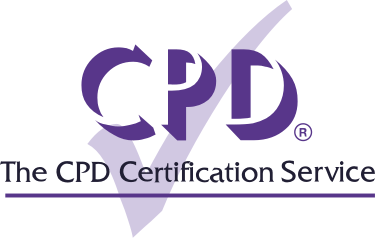Whether as a teacher or as a student, online teaching gives you the opportunity to impact lives, contribute to a growing industry, and share your expertise with others. Effective online teaching often requires more planning and more effort than in-person teaching, and keeping students engaged in their lessons can be one of the biggest challenges you face. Here are some top tips for teaching better online classes, and online teaching ideas to make sure you get the most value out of your next class.
5 tips for teaching better online classes
Some simple tips to help improve your online classes.
1. Creating Measurable Outcomes
Regardless of how a student learns—in a traditional setting or online,—a great first step to improve online classes is through learning outcomes. A learning outcome is a statement that describes what knowledge, skills and values learners should have acquired by the end of a lesson or course.
Clearly identifying the desired learning outcomes and corresponding activities and assessments can help both students and instructors understand the objectives of whatever they are learning and how they relate to the last lesson’s learning, the program they are following and the overall goal.
Note that the focus is on the student rather than the teacher. Be specific about the outcomes of the class. What will the student need to demonstrate in order to be successful in the class or program? If students know why they’re doing an activity and how it will impact them, they’re more likely to invest themselves in it and see the online course through to its completion.
2. Present accessible learning materials
Students should be able to easily navigate your online class or Learning Management System (LMS) to find course materials, discussions, assessments, and records. Everything they need should be right where they would naturally look for it. To keep a continuous flow of learning, make sure to offer different shortcuts and indexes to let learners navigate from one page to another without any hassle.
Creating accessible content means reducing barriers of comprehension, ensuring that content is accessible to everyone, including those with disabilities and who speak languages other than English.
3. Automate your online content
While there are some challenges to creating a virtual classroom, there are also many benefits when looking at how to be a good online teacher. Online learning means that teachers can upload and automate their lesson plans early, working out any problems or issues well before students will even see the content.
Make sure that you prepare video content, readings, assignments, or discussion questions ahead of time so that you can save time for actual teaching and helping students to develop their skills.
4. Build an online learning community
If you are looking at how to be a good online teacher - help students get to know one another. Research has found that when an online class included an online community component, students were five times more engaged and 16 times more likely to finish the course.
When an online class requires community participation, students have more opportunities to connect with instructors and fellow students to discuss their work, help each other, share ideas, and, most importantly, become more engaged in what you are teaching and improve online classes. Discussion boards are another great place for further conversations as they allow participants to replicate the types of discussion they would expect to see in a face to face classroom environment.
5. Get learners to take action
Be sure to have learners cross the knowing-doing gap by having them immediately apply what they’ve learned. Each online lesson should consist of a piece of information and a student action. These actions could include:
- Participating in an online forum
- Providing real life examples or scenarios
- Having a conversation (online or offline) with fellow students
- Answering instructor-led questions
- Solving a problem
- Reviewing what’s been learned in notes or journaling
Put the information in context for students. Discuss how they can apply what they’ve learned by sharing relevant case studies. The sooner they act on the new information they’ve digested, the more likely it will stick in their long-term memory.















